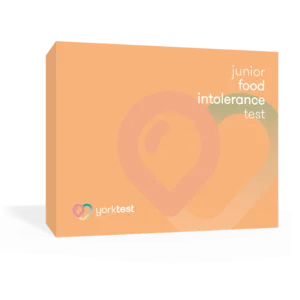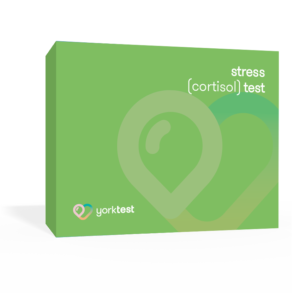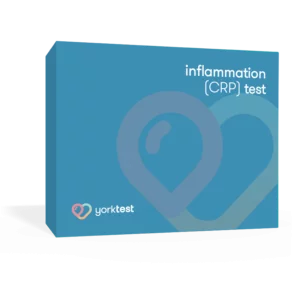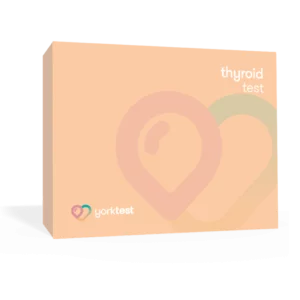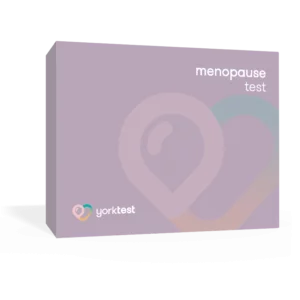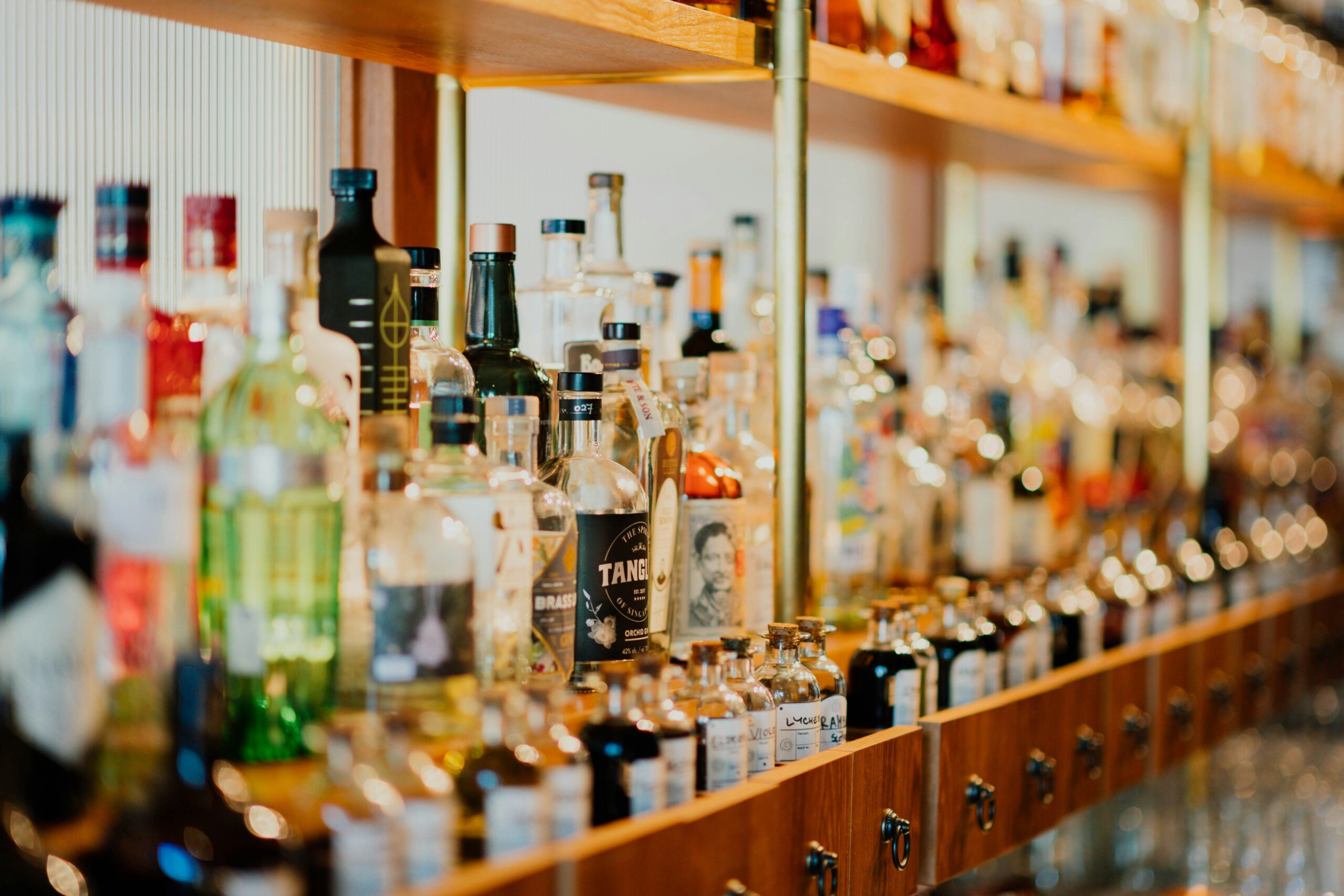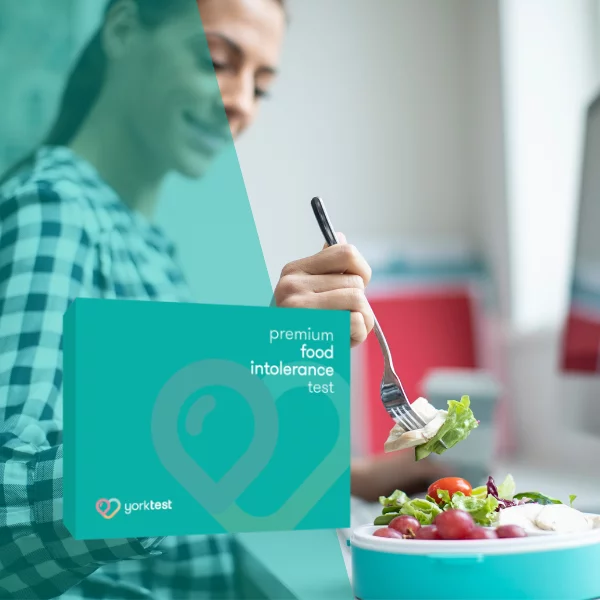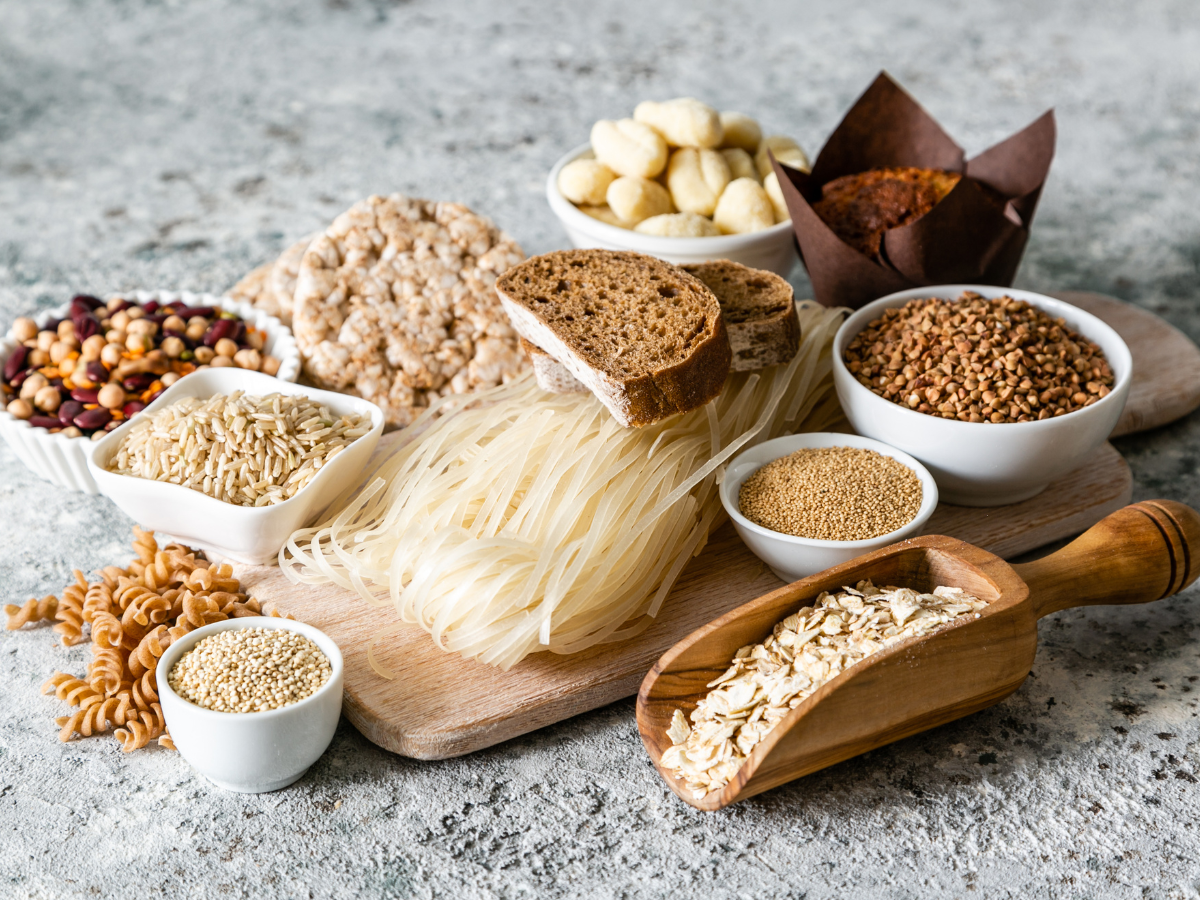Delicious as it is sprinkled over fish and chips, too much salt can lead to high blood pressure and having high blood pressure can result in an increased chance of health problems such as strokes and heart disease, so it is important to keep a check on how much salt is sneaking into your daily diet.
The average adult should consume no more than 6g of salt (2.4g of sodium) per day but according to a figure from the National Diet and Nutrition Survey, this figure currently stands at an average adult consumption of 8g of salt per day. Whilst the repercussion of too much salt in our diet is not new knowledge, an understanding of which foods are overloaded in salt (and how to reduce unnecessary consumption) is important.
To put this into context, if we were to reduce our salt intake by 1g, over 4,000 deaths caused by high blood pressure would be prevented and £288 million saved from the NHS each year!
By habit, many of us add salt and pepper to our main meals to add more flavour but in reality, many of the foods we eat on a daily basis are already high in salt. Whilst cutting down on salt intake by stopping unnecessary seasoning can be a tough habit to break, swapping or reaching for a reduced option is an easier solution.
Below are some of the main offenders for raising our blood sugar. Make sure to read labels carefully and eat in moderation:
1) Bread
Whilst salt is an important ingredient in baking, understanding the need for a reduction, the industry has actively been making changes. A search for ‘salt in bread’ on Google reveals the average sodium levels for a variety of breads per 100g. French bread and rye bread appear to be the main offenders here for high levels of sodium – it’s always worth checking labels.
2) Ready meals
They’re quick and easy and a godsend for the reluctant cook, however there’s no denying that they’re high in salt.
An understanding of the dangers of salt has seen many companies attempt to reduce salt levels in ready meal products. For example, Marks & Spencer have continued to meet government guidelines through their healthy eating ranges and all their kids’ ready meal ranges contain 1g or less of salt per portion.
3) Cereals
Salty cereal, really? It’s common knowledge that some cereals can be high in sugar, so it might come as a surprise to know that your breakfast can also be a hidden source of salt too. Next time you’re doing your weekly shop; take a look at the label!
4) Bacon (and other cured meats)
Yes we know it’s delicious, whether it’s in your sandwich on a morning, as a burger topping or chopped into your favourite carbonara, but bacon is notoriously high in salt. Again look at the labels or try a reduced salt variety.
5) Gravy granules
If you are using gravy on your Sunday roast then think about how it is made. Avoid using high salt stock cubes or gravy granules. Use the juices from your roasted chicken or joint, if you are using meat, whisk in plain flour to thicken and vegetable water or a homemade stock, salt and season with pepper. Small changes can make a big change to your salt intake.
If we know it’s bad for us, why do we eat it?
Simply put, it makes food taste better.
According to figures released from Medical Research Council, the breakdown of the source of our salt intake is estimated as:
10% – we add ourselves
15% occurs naturally in foods
75% found in food products we buy to add texture, flavour and as a preservative.
Top tip: Watch out for ‘sodium’ and ‘salt’
Analysing food labels before you buy something, when it comes to monitoring your salt or sodium intake for the sake of preventing high blood pressure, is really important.
As mentioned, in the UK, the recommended intake of sodium for adults is 2.4g whereas salt is 6g. This can be complicated when ‘sodium’ is displayed on food items rather than ‘salt’ – multiply the sodium figure in milligrams by 2.5 and then divide by 1000 to work out how many grams of salt you’re eating.





